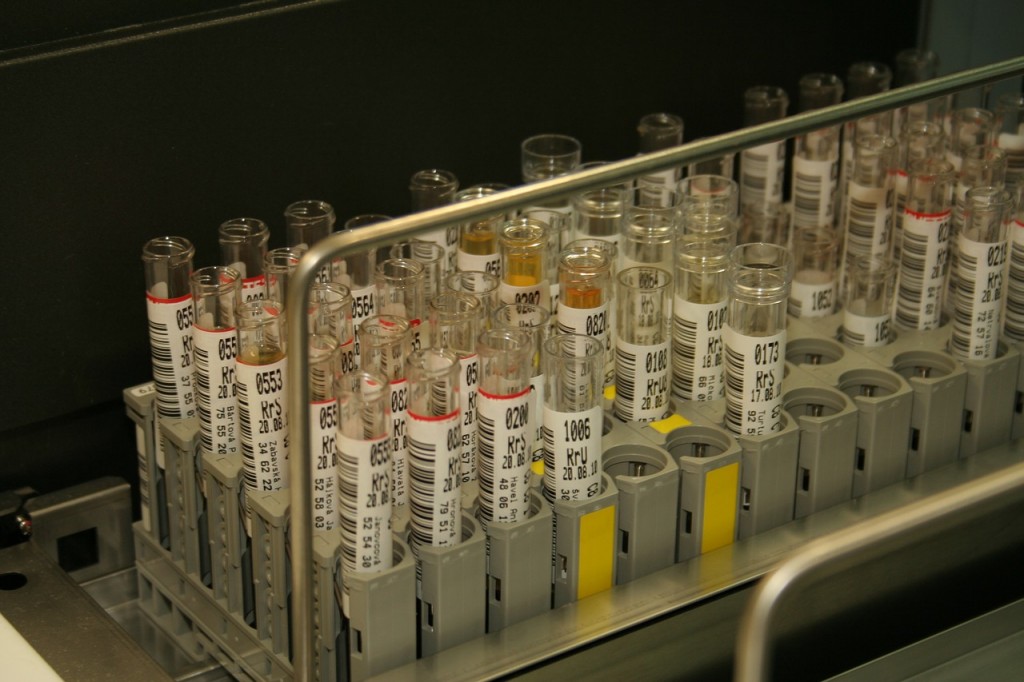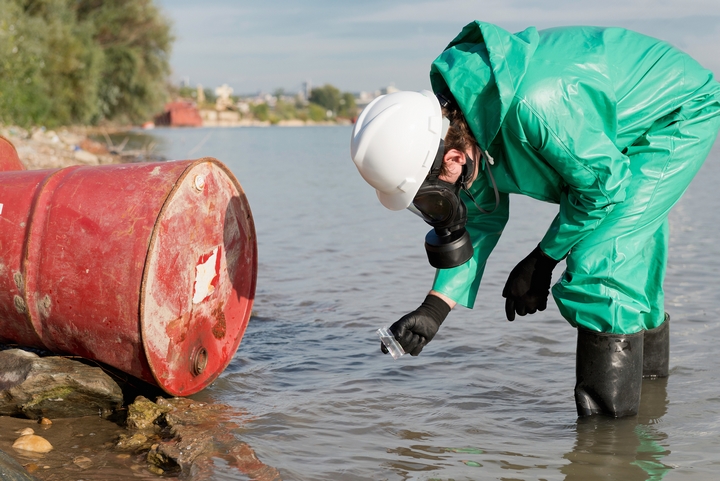Trustworthy Liquid Waste Disposal Melbourne: Safe and Efficient Services
Trustworthy Liquid Waste Disposal Melbourne: Safe and Efficient Services
Blog Article
How Fluid Garbage Disposal Works: An In-depth Introduction of Strategies and Technologies Used

Summary of Liquid Waste Kind
The complexity of liquid waste types requires an extensive understanding of their characteristics and ramifications for disposal. Fluid waste can extensively be categorized right into numerous kinds, consisting of industrial, metropolitan, agricultural, and contaminated materials. Each group shows unique homes, calling for certain monitoring approaches to reduce ecological and health and wellness risks.
Industrial fluid waste originates from making procedures and typically includes a variety of contaminants, such as heavy metals, solvents, and natural compounds. Metropolitan fluid waste, mainly consisting of wastewater from families and commercial facilities, contains organic issue, nutrients, and pathogens (industrial wastewater treatment). Agricultural fluid waste, including runoff from ranches, may consist of plant foods, pesticides, and animal waste, posturing risks to water high quality and ecological communities
Hazardous liquid waste is characterized by its poisoning, sensitivity, or possible to cause injury. Understanding these diverse liquid waste kinds is important for establishing efficient disposal approaches and making sure compliance with environmental guidelines.
Physical Therapy Approaches

Testing is the preliminary step, where larger bits and debris are removed from the liquid waste using displays or grates. This procedure secures downstream devices from damage and ensures smoother procedure. Complying with screening, sedimentation utilizes gravitational force to different solids from fluids. In sedimentation storage tanks, larger fragments resolve near the bottom, developing a sludge layer, while the cleared up liquid can be further dealt with.
Filtering is an additional crucial technique that includes passing the fluid with porous materials, such as sand or membrane layers, to record smaller fragments. This action enhances the high quality of the liquid, making it ideal for subsequent treatment processes.

Chemical Treatment Strategies
Chemical treatment techniques are essential for properly handling fluid waste, especially in addressing dissolved and colloidal contaminants that physical techniques may not properly get rid of. These techniques make use of numerous chemical agents to counteract, precipitate, or change hazardous compounds right into much less hazardous types.
One usual approach is coagulation and flocculation, where chemicals such as alum or ferric chloride are included discover this info here in advertise the aggregation of put on hold particles. This process boosts sedimentation, allowing for simpler elimination of the resulting sludge. Additionally, oxidation processes, using representatives like chlorine or ozone, are employed to break down complex natural substances and pathogens, rendering the waste much safer for discharge or more therapy.
Neutralization is another crucial method, which changes the pH of acidic or alkaline waste streams to neutral degrees, preventing potential harm to downstream systems and the atmosphere. In addition, progressed oxidation procedures (AOPs) utilize combinations of oxidants and ultraviolet light to break down consistent contaminants, attaining a greater level of treatment efficiency.
Biological Treatment Processes
Biological therapy procedures play an essential function in the monitoring of fluid waste by making use of bacteria to break down organic issue and minimize pollutant levels. These procedures can be generally classified into cardio and anaerobic therapies, each utilizing specific microbial areas to achieve reliable waste destruction.
Cardio therapy includes making use of oxygen to help with the breakdown of organic products by microorganisms. This procedure is frequently executed in activated sludge systems, where oygenation containers give a favorable environment for microbial growth, bring about the oxidation of natural toxins. The resultant biomass can be divided from treated effluent via sedimentation.
In comparison, anaerobic treatment takes place in the lack of oxygen, depending on different microorganisms to damage down organic issue. This technique is especially useful you could check here for high-strength waste, as it generates biogas, a renewable resource source, while minimizing sludge production. Technologies such as anaerobic digesters are often utilized in municipal and commercial applications.
Both anaerobic and cardio biological treatments not just reduce the environmental effect of liquid waste yet additionally promote source healing, making them vital components of sustainable waste management methods. Their performance, effectiveness, and flexibility sustain their widespread application throughout numerous industries.
Arising Technologies in Disposal
Ingenious strategies to liquid waste disposal are quickly advancing, driven by developments in innovation and a raising focus on sustainability. Among these emerging modern technologies, membrane layer bioreactors (MBRs) have actually gained grip for their capacity to incorporate biological treatment with membrane layer filtration, resulting in high-grade effluent that can be reused in various applications. MBRs allow smaller footprints and a lot more reliable procedures contrasted to traditional systems.
An additional promising development is the use of anaerobic digestion integrated with nutrient healing innovations, which not only treats liquid waste yet likewise produces biogas and recovers important nutrients like nitrogen and phosphorus. This double benefit improves resource efficiency and reduces ecological influence.
In addition, progressed oxidation procedures (AOPs) are being embraced for the deterioration of complex natural contaminants. These methods make use of powerful oxidants and catalysts to damage down impurities at the molecular degree, offering a very effective solution for tough waste streams.
In addition, the assimilation of expert system and maker learning in waste administration systems is maximizing functional performance and predictive upkeep, resulting you could check here in lowered prices and enhanced environmental compliance. These modern technologies reflect a considerable shift in the direction of even more reliable and lasting liquid garbage disposal practices.
Verdict
In verdict, efficient liquid waste disposal demands a thorough understanding of numerous techniques and technologies. By continually progressing these methodologies, it becomes possible to deal with the growing difficulties linked with fluid waste, ultimately contributing to environmental security and resource recuperation.
Fluid waste disposal is a vital facet of ecological management, requiring a thorough understanding of various strategies and technologies customized to different waste types. Fluid waste can generally be categorized right into several kinds, including commercial, municipal, agricultural, and harmful waste. Agricultural fluid waste, consisting of runoff from ranches, might include plant foods, chemicals, and animal waste, presenting dangers to water high quality and ecological communities.
Various physical therapy approaches play a crucial role in managing liquid waste properly - industrial wastewater treatment.In conclusion, effective fluid waste disposal demands a thorough understanding of different techniques and technologies
Report this page